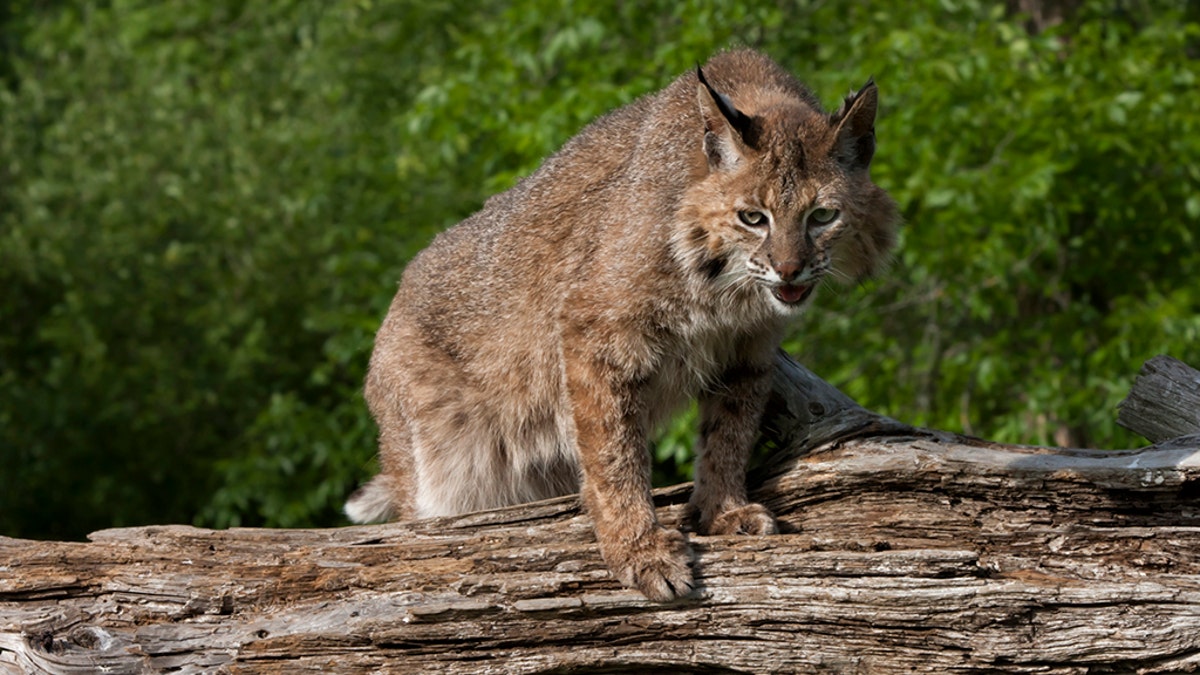WARNING GRAPHIC IMAGE: Bobcat shows off dead iguana for Florida wildlife refuge visitors
{{#rendered}} {{/rendered}}
A bobcat at a Florida wildlife refuge showed off its fresh kill on November 8, walking around with a green iguana in front of tourists. (iStock)
Hey guys, look what I found.
A wildlife refuge in Florida has posted a graphic image of a bobcat walking around with a dead iguana in its mouth, showing off its kill for tourists.
The Arthur R. Marshall Loxahatchee National Wildlife Refuge near Boca Raton, Fla. notes that the green iguana is not native to South Florida, intimating that the bobcat was doing its job by getting rid of intruders.
{{#rendered}} {{/rendered}}"Green iguanas are not native to South Florida, so this bobcat is doing good by preying on a non-native species," the refuge wrote in a Facebook post.
ELEPHANTS HAVE BAD NEWS FOR POACHERS: WE EVOLVED
The picture was taken on Nov. 8 by Vincent Sinagria.
{{#rendered}} {{/rendered}}According to the Florida Fish and Wildlife Conservation Commission, green iguanas can cause severe damage to the local ecosystem. They have a diet consisting of shoots, leaves, blossoms and fruits of plants such as nickerbean, firebush, jasmine and other vegetation commonly found in Florida. As such, they can "cause damage to infrastructure by digging burrows that erode and collapse sidewalks, foundations, seawalls, berms and canal banks," the government agency notes.
They may also be harmful to humans if not properly handled — they can transmit salmonella through contact with water or surfaces contaminated by their feces.
Green iguanas, which can grow up to 5 feet and weigh up to 17 pounds, are native to Central and South America, as well as some eastern Caribbean islands. They were first reported in the Sunshine State in the 1960s.
{{#rendered}} {{/rendered}}EXTREMELY RARE SILVER FOX CAUGHT IN ENGLAND
Bobcats are nocturnal animals and generally have a diet consisting of small animals, such as rabbits, skunks and raccoons, according to NatureWorks. The organization notes they have also been known to eat birds and reptiles and occasionally will kill deer.
Follow Chris Ciaccia on Twitter @Chris_Ciaccia
